Each spring, thousands of tourists flock to D.C. to see the famous cherry blossoms that encircle the Tidal Basin and line the National Mall. The story of their arrival is an interesting one.
Cherry blossom time in D.C. has become a huge deal. For instance, in late January, the Washington Nationals announced they would be retiring the cherry blossom-themed jerseys the players have been wearing for the last two years as part of MLB’s City Connect endeavor. Upon learning of the news, howls of protest dominated D.C.-related sites on the Internet. Nats fans and non-fans alike loved those jerseys. The rush was on to purchase cherry blossom-related T-shirts, jerseys and hats from the team store.
I’ve also noticed that bars and restaurants now wage a battle every April to out-cherry-blossom each other where décor and pink-tinged food and drinks are concerned. The pictures that are posted online are impressive and I’m sure lure in lots of tourists. There’s even a wine festival that is solely dedicated to rosé and other pink-tinged wines and deems that attendees must wear pink. It’s always a sellout.
The roots of today’s National Cherry Blossom Festival can be traced to 1927 (sort of a precursor to Earth Day), when school children and civic groups would pay homage to the trees by doing good deeds for the natural world. The modern-day festival began in 1935 and expanded to a two-week celebration in 1994. In 2012, it grew into a 5-week event.
Back in the ’70s and early ’80s, I lived in the DMV (D.C., Maryland, Virginia) and just don’t remember the sort of hubbub that now exists at cherry blossom time. My commute into D.C. took me across the 14th Street Bridge, which offered a birds-eye view of the cherry blossoms. Yes, it was a thrill to see them for the first time, but I also noticed most of the other commuters on the bus were rather blasé about them, as they took a quick glance and then returned to reading their newspapers or books. Maybe the blossoms were old hat to them or the sentiment that we don’t appreciate what’s in our own backyards even applies in a city like Washington. To be honest, I don’t ever recall going to the Tidal Basin area to see them up close. However, I do remember a year when the weather spelled disaster for the blossoms. One day they were pink and the next day, they were a paper-bag shade of brown due to frigid temperatures impacting them overnight. It was a sad sight to behold.
So, how did Washington’s famed cherry trees make their way from Japan to America? According to the National Park Service’s website, the story goes back to the late 1800s and a woman named Eliza Ruhama Scidmore, who was a world traveler, writer, diplomat and the first female member of the National Geographic Society. During a trip to Japan in 1885, she became enamored of the cherry trees. The idea of planting such trees around the then-nondescript tidal basin took root and upon returning to the United States, Scidmore began pitching her idea to any government official she came across. Unfortunately, her idea failed to generate any enthusiasm.
Subsequently, there was another person in the DMV, Dr. David Fairchild, who admired the trees. According to Smithsonian magazine, Fairchild, a botanist and plant collector who worked for the Department of Agriculture in the early years of the 1900s, traveled the world in search of seeds and plants that could be added to the American food chain. In total, he is credited with providing the department with “seeds or cuttings of over 200,000 kinds of fruits, vegetables and grains. His department, the Office of Foreign Seed and Plant Introduction, researched and distributed new crops to farmers around the states.”
Fairchild had also fallen in love with Japan’s cherry trees and imported several dozen to experiment with at his home in Maryland. Having survived the winter, Fairchild deemed them DMV-friendly and soon homeowners across the region were clamoring to add them to their own landscapes.
Not one to give up, 15 years after making her initial pitch, Scidmore came up with the notion of taking her idea public and began to wage a fundraising campaign to purchase cherry trees for the Tidal Basin area. She gained an ally in First Lady Helen Taft, who had once lived in Japan and admired the trees. Somehow the Japanese consulate in New York learned of the project and asked if a donation of 2,000 trees would be welcomed. Scidmore and her supporters were thrilled to accept the donation.
The trees arrived in America in 1910. However, there was a problem. Somehow they had become laden with insects and the government had no choice but to destroy them. Of course, the Japanese government was horrified by the turn of events and offered to replace them, suggesting that 3,020 trees be sent as a gesture of goodwill and apology.
The new trees (more than a dozen varieties were represented) arrived in Washington in March 1912. On March 27, a ceremonial tree planting was held, with Helen Taft and Viscountess Chinda, the wife of the Japanese ambassador, given the honor of planting the first two trees. The United States returned the goodwill gesture by sending dogwood trees to Japan in 1915.
Thus began America’s love affair with Japanese cherry trees (Yoshino and Kwanzan varieties are now prominent in D.C.). In honor of Lady Bird Johnson’s beautification efforts during her tenure as first lady in the mid-‘60s, Japan again gifted more than 3,000 cherry trees to America. These trees were planted along the National Mall, which stretches from the Capitol to the Lincoln Memorial. In 1981, the gesture was reciprocated as a result of floods destroying swaths of cherry trees in Japan. The United States sent cuttings from the trees in D.C. to help Japan replace the trees it lost.
Geez, now that I know the story behind the cherry trees, I have a sudden urge to visit D.C.!
This year’s National Cherry Blossom Festival is being held March 20-April 14. The blossoms generally peak (when 70% are in full bloom) around April 4. For details, visit nationalcherryblossomfestival.org. To learn more about the history of the trees, visit nps.gov/subjects/cherryblossom/index.htm.




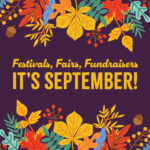
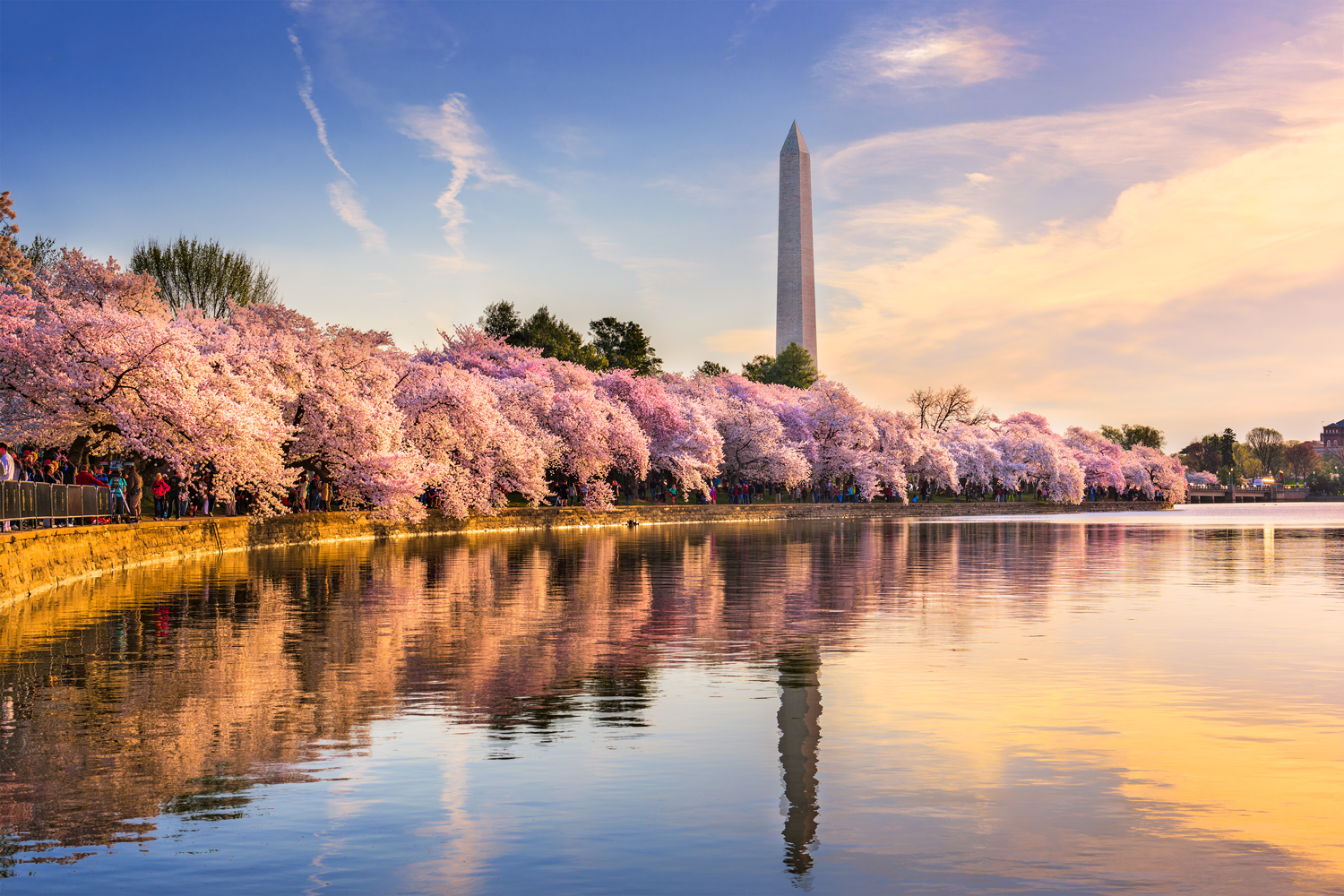
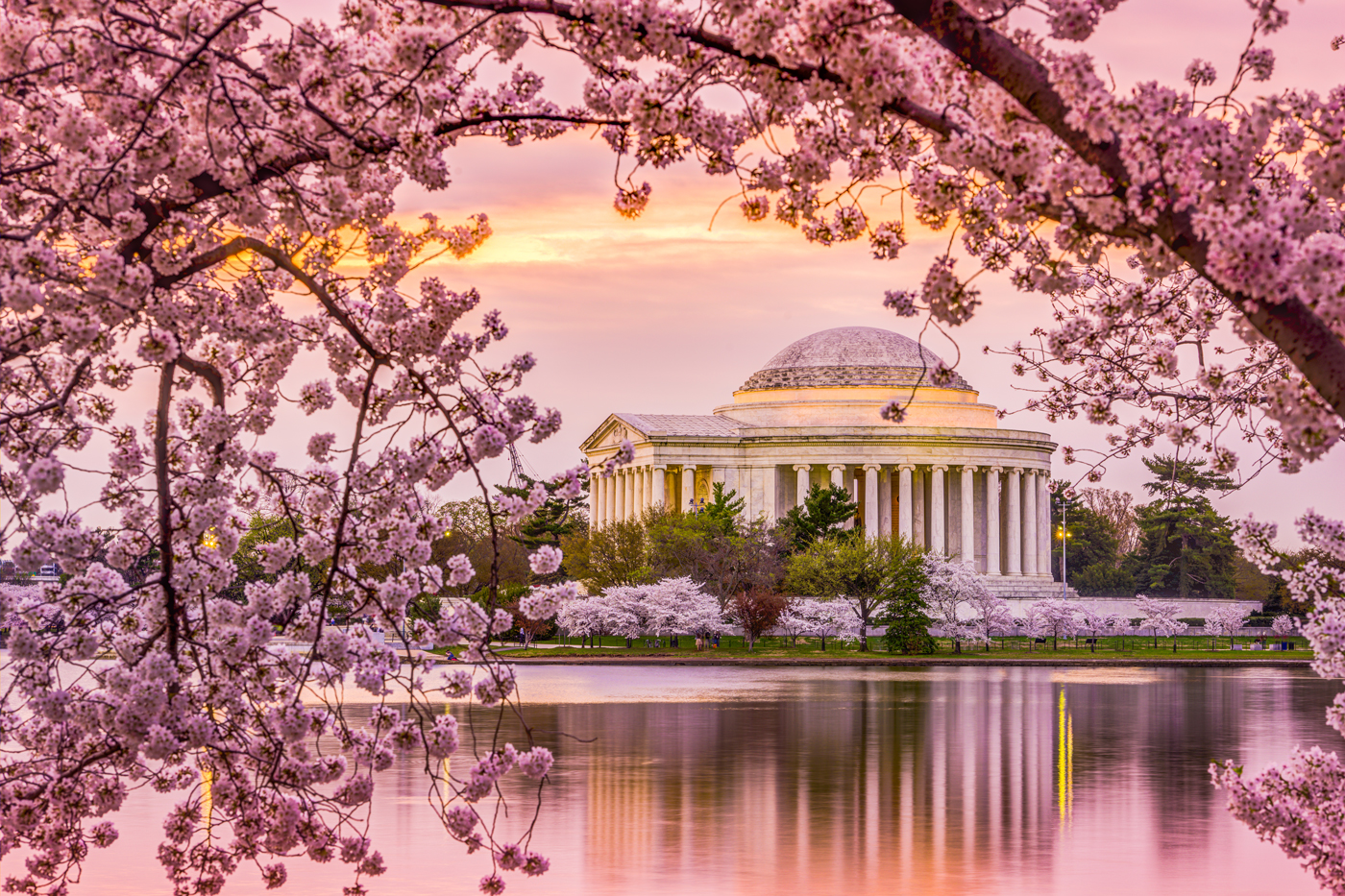
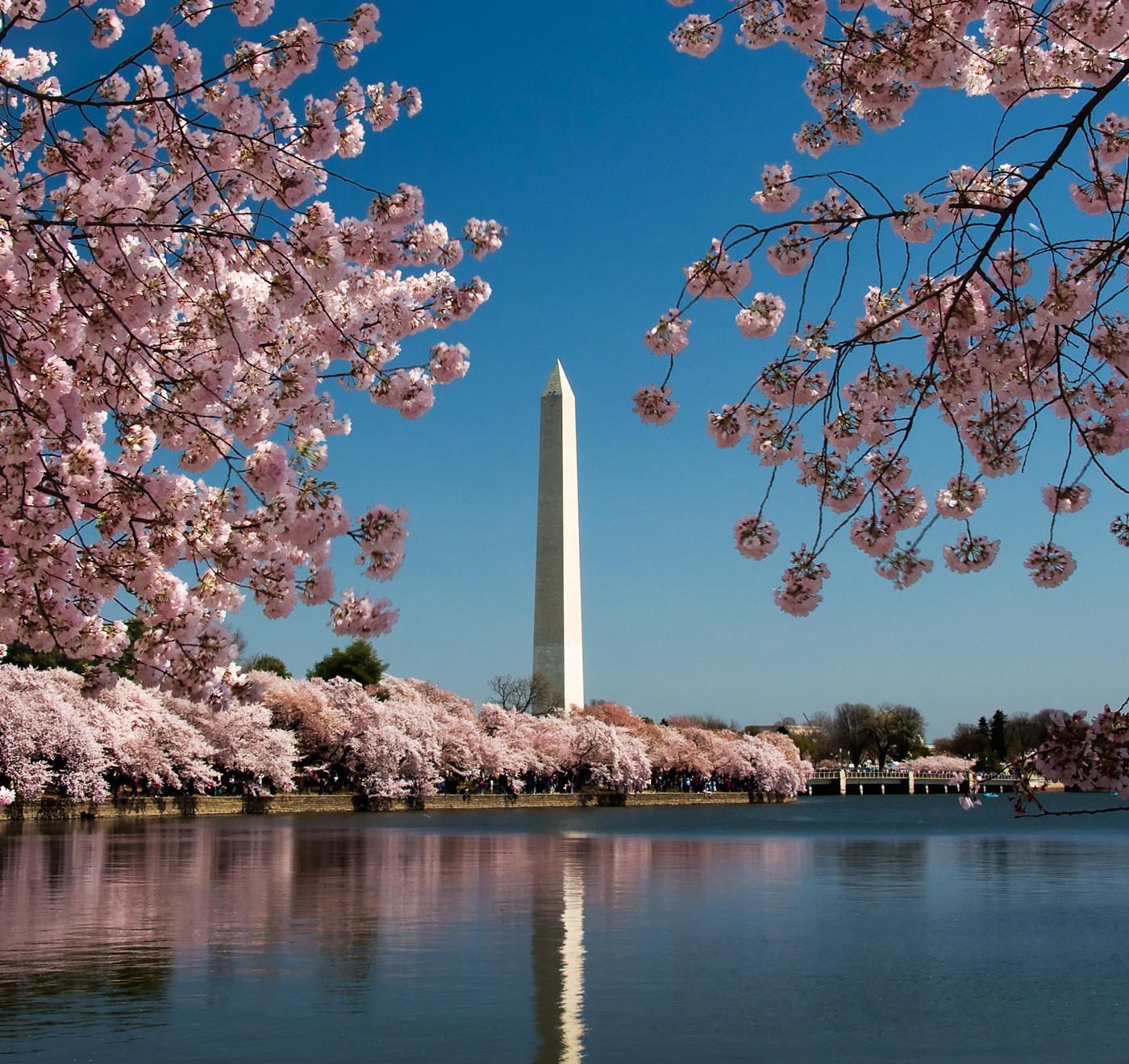
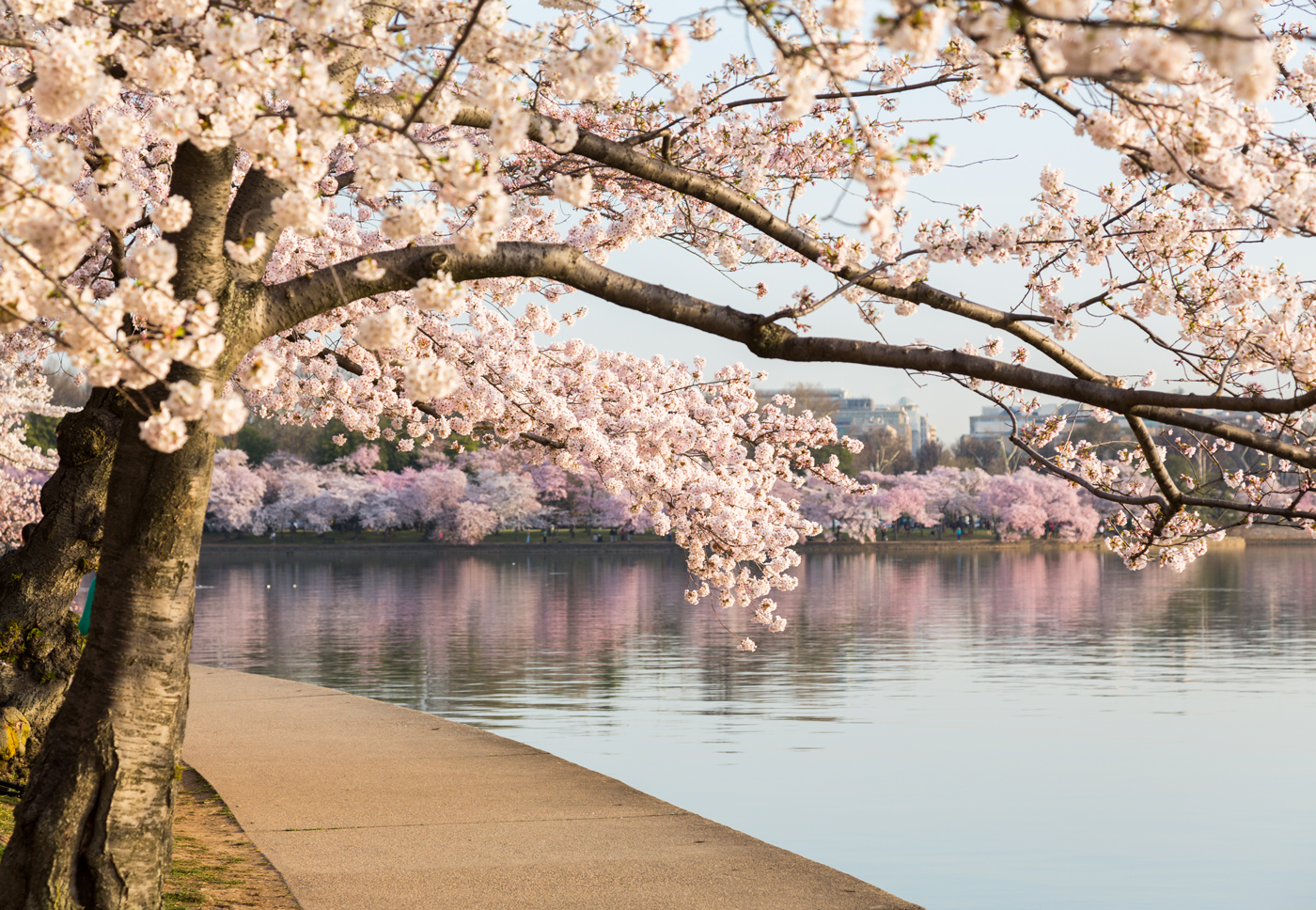
SHARE
PRINT